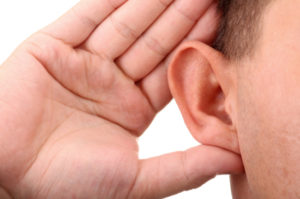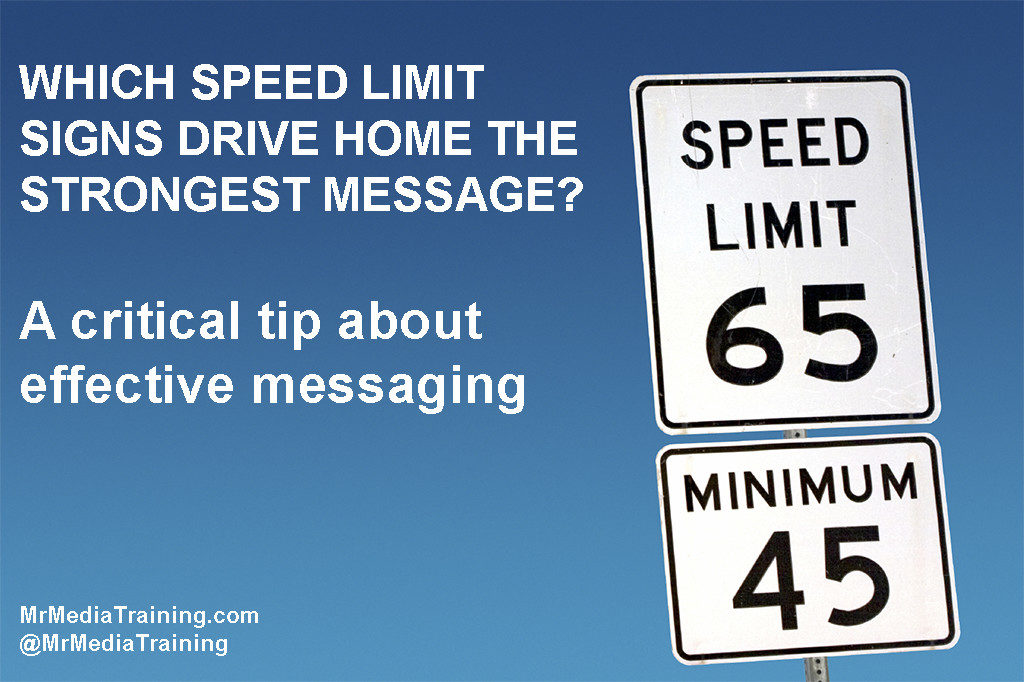5 Ways To Write For The Ear, Not For The Eye
Before I began working with one of our clients, the communications staff drafted a few messages for their top spokespersons. Their messages were full of seemingly endless sentences that read well enough on paper (sort of), but were almost impossible to speak aloud during a media interview.
To protect the client’s confidentiality, I modified this example and changed the industry. However, the complexity of the message remains intact:
“This multi-lateral agreement, and its steady progress forward, is critical because it will protect Americans who could otherwise be maimed or killed should they consume – knowingly or unknowingly – unapproved imported meats, unpasteurized dairy products, or dangerous unregulated alcoholic beverages.”
Now that you’ve read that message, go back and speak it aloud. Tough to sound natural while delivering those lines, yes?
Since you probably don’t speak that formally in everyday conversation, you shouldn’t attempt to do so during media interviews. Below is an alternate version of that message. Speak it aloud again:
“We need to sign this agreement quickly to protect Americans from unregulated and dangerous meats, dairy products, and alcoholic beverages.”
The above sentence is written for the ear, and most speakers can deliver it in a much more natural manner.
Here are five ways you can write for the ear, not the eye:
1. Use short words: Big words sound impressive. But multi-syllabic words are rarely as good as their simpler counterparts when writing for the ear. As Winston Churchill said, “Short words are the best and old words when short are the best of all.”
2. Use short sentences: Short sentences are more impactful than longer ones. The first example above has 39 words; the second has just 20. There’s a good reason the most memorable lines from famous speeches are short, rarely exceeding 20 words.
3. Use everyday words: One seminal study found that adults can understand 96 percent of all spoken language with a vocabulary of just 2,000 words. Although most native English speakers know thousands more, they tend to use the same limited pool of words in conversation. When speaking to a general audience, you should too.
4. Use contractions: Barring the most formal speeches, oral delivery requires the use of contractions. “Do not” and “I will” work best for the eye. “Don’t” and “I’ll” work best for the ear.
5. Speak them aloud: When you’re finished drafting your messages, read them aloud. If any of them contain a word that doesn’t roll easily off your tongue, replace it with one that does.
Related: 12 Things Bad 1980s Music Can Teach Public Speakers




[…] love this article from Brad Phillips over at Mr. Media Training Blog. Check it out for more tips on writing for the […]
A really good set of basic rules, thanks Brad. As a speechwriter I would add
(1) Make it conversational: Writing for the ear or for delivery is a lot about engaging your audience. The worst way to switch them off is to write a monologue – you have to imagine their response to almost every point.
(2) Write for rhythm: The ear responds best to a memorable cadence – not sing-song but punchy and upbeat if appropriate for the topic. That’s why speaking the draft aloud is so important.
(3) Avoid detours: When you write for delivery you should, almost always, craft your work to build directly to a memorable conclusion or call to action. Too many detours or non sequiturs make a delivered message hard to follow and difficult to remember.
Thanks again for a really useful piece on an important topic.
Rob Spaull
Great article for writers as well as speakers -as Twain said, “don’t let fluff and flowers and verbosity creep in.”
[…] Back in high school we all learned how to write a paper. However, it’s important that you understand that writing a speech is not the same thing. The experts remind us that the paper that we wrote back in school was intended for the eye of the reader. The speech that we are now writing is intended for the ear of your audience. […]